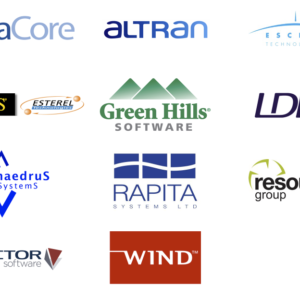Make with Ada 2017- Ada Based IoT Framework
SummaryThe Ada IoT Stack consists of an lwIp (“lightweight IP”) stack implementation written in Ada, with an associated high-level protocol to support embedded device connectivity nodes for today’s IoT world. The project was developed for the Make With Ada 2017 competition based on existing libraries and ported to embedded STM32 devices.
